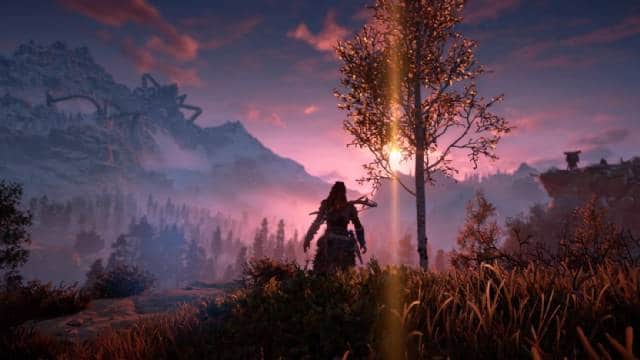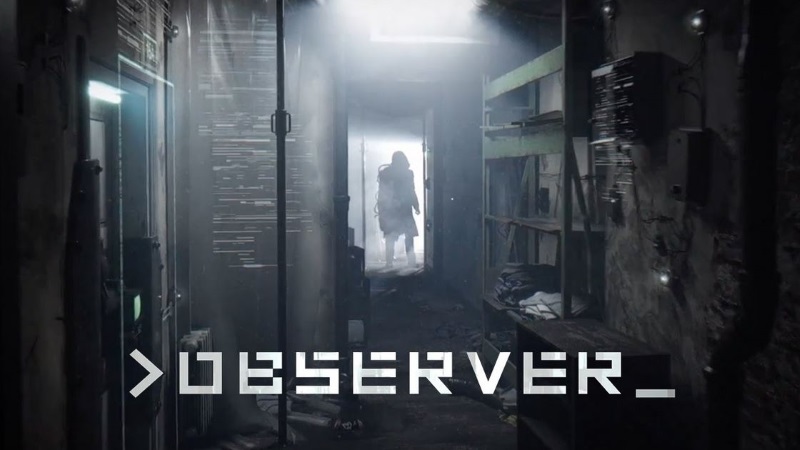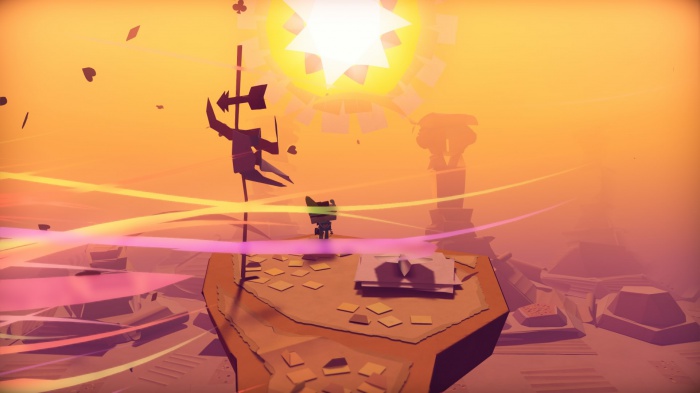The aesthetics of the Sublime
One of the primary ambitions of the Guerrilla team was to create an endless and palpitating gaming world whose visual power could push the player to glimpse the extraordinary beauty of nature and its incredible glimpses.
The goal was to make the landscape not only an integral part of Aloy’s adventures, but to represent it in a completely new key: as a true ancestral entity, unknown and imposing.
The sense of freedom and discomfort that comes from it is almost astonishing. The moment of exploration becomes the protagonist not only as an opportunity for research but also a moment of strong contact with infinity and with a nature that becomes a mirror of existential reflections in a concrete and marvelous screening of the Sublime nineteenth century , of that sense of loss and dismay that you can only experience in front of some grandiose natural performances.
The figure of Aloy in Horizon Zero Dawn is thus depicted as a modern heroine, rebellious and marginalized by “society”, tormented and moved by a burning desire for action. As the protagonist of a romantic painting, she turns her back to the world, lost in the contemplation of the infinite mystery of the universe. It is no coincidence that one of the founding principles of nineteenth-century philosophical thought was the conviction of the existence of a universal soul that encompassed man and nature. In painting, anyone who managed to synthesize this principle was without a doubt Caspar David Friedrich .
His works, expressions of inner landscapes and delicate evocations, depict awe inspiring atmosphere and deep introspection.
Just look at one of his most famous paintings to capture a somewhat familiar scene. In the mist on the sea of fog (1818), the man depicted is a black silhouette, almost an extension of the dark rock from which he looks at the landscape. He turns his back on the spectator, lost in the contemplation of the sublime natural landscape, aware that this will remain forever unknowable.
The subject, to which no identity is given, becomes so emblematic of human smallness opposed to the infinity of the universe and communicates an impression of losing and existential solitude. The landscape does not pursue a criterion of objectivity: there is no will to represent it in a realistic way or to investigate it in its appearances, but to scrutinize its divine essence. The traveling young man, like Aloy, seeks God in Nature and finds him in the sunsets, in the chaos of a storm, in the pale light of a dawn.
The use of light and the representation of the divine
If the extension of the depth of field and the definite design choices contribute to the creation of a world that is the true reflection of the transcendent in the concrete reality, the lighting system also makes its part no doubt. The atmospheres, made unique and grandiose by the many games of light and the quality of the particles, give to scenarios a surreal and astonishing trait, capable of stimulating a strong sense of fascination and involvement in those who observe.
In video games, light has always been used for functional purposes, identifying game elements, and helping the player to figure out where to go, who to attack, what to take. Light, in reality, can have many other functions, just as in painting.
For example, let’s take another famous painting of the romantic painter mentioned above, where this time however, the only subject to be represented is the landscape / divinity. The Great Reserve (1832) depicts a kind of natural amphitheater, lit by the sunset lights, awaiting the arrival of the night.
The sense of space dilation is amplified by the repetition of vertically aligned elements on the horizon that suggest a continuation beyond the boundaries of the picture. The work is a religious meditation, an image of the relationship between heaven and earth: the curve of the horizon and the sky corresponds to the opposite of the earth and the water.



